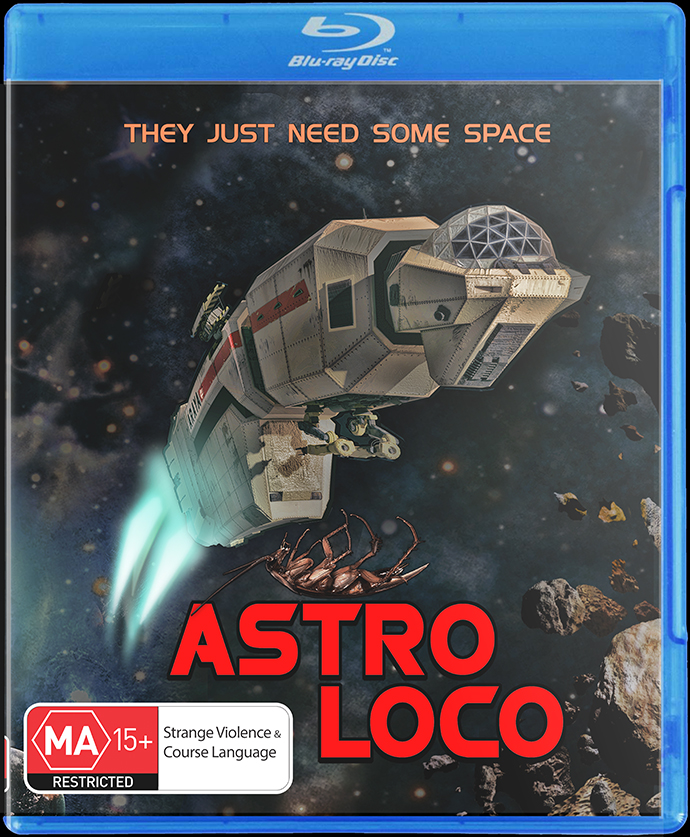Most of these films segue nicely into: Mega-corporations, or megacorps, a term popularized by William Gibson has become widespread in the cyberpunk genre, refering to a (normally fictional) massive conglomerate/multinational (usually private), holding monopolistic or near-monopolistic control over multiple markets (thus exhibiting both a horizontal and a vertical monopoly). Megacorps are so powerful that they can ignore or are the law, they often exercise a large degree of control over their employees, taking the idea of "corporate culture" to an extreme. listed below are some of the classic Mega-Corps:
Arasaka : from the Cyberpunk 2020 role-playing game
Axon corporation : from the Unreal series of video games
The Cartel : from the Afterworld web series
Comstar : from the Battletech science-fiction game franchise
Ares Macrotechnology : from the Shadowrun role-playing game
Blue Sun : from Firefly and Serenity
CHOAM (Combine Honnete Ober Advancer Mercantiles) : From the novels of Dune. The corporation's management and board of directors are controlled by the Padishah Emperor and the Landsraad (with the Spacing Guild and the Bene Gesserit as silent partners). Because of its control of inter-planetary commerce, CHOAM is the largest single source of wealth in the Old Empire; as such, influence in CHOAM (through partisans within it and control of directorships) is the central goal of political maneuvering, both to receive dividends and also (it is implied) to skim off profits.
Shitsu-Tonka : A giant business conglomerate of universal power,--DAAS Kapital
Cinque Flèches : from Blood+
Corporate Sector Authority and Commerce Guild : from the Star Wars universe- fucking trade embargos
Dan Halen Sheetrock International : from Squidbillies
Eurocorp Syndicate : from Syndicate Wars
GENOM : from Bubblegum Crisis
Izanagi corporation : from the Unreal series of video games
Kramer Associates : from For want of a Nail.
Jupiter Mining Corporation : from Red Dwarf
LexCorp/LuthorCorp, Wayne Enterprises, Sivana Industries : and several others in the DC Universe.
Liandri corporation : from the Unreal series of video games
Ling-Standard Products: from Traveller
Omni Consumer Products (OCP): From the RoboCop Franchise. OCP seeks to fully privatize Detroit, Michigan into Delta City, with fully privatized services — such as the police force — and with residents exercising their representative citizenship through the purchase of shares of OCP stock. They also serve as part of the military-industrial complex; according to OCP executive Richard "Dick" Jones, "We practically are the military." Their business strategy was summarized by Jones in RoboCop: "Take a close look at the track record of this company, and you'll see that we've gambled in markets traditionally regarded as non-profit: hospitals, prisons, space exploration. I say good business is where you find it." OCP is broken up into various divisions that handle different sectors of its business, called "concepts"; most notably, Security Concepts created RoboCop, and contracts with the city of Detroit to provide the city with a police force.
Omni Consumer Products is also a real-world San Francisco-based company named after the company in the film. Not coincidentally, they specialize in licensing and marketing products inspired by fictional products from TV and movies, including the Brawndo drink from Idiocracy.
Omni-Tek : from the sci-fi MMORPG Anarchy Online
Paradigm Corporation : from the anime The Big O
Pentex: from the World of Darkness roleplaying games.
Pharmacom Industries : from the movie Johnny Mnemonic
Phayder Corporation : from the Unreal series of video games
PTMC : from the Descent series of video games
RAMJAC : from Kurt Vonnegut's Jailbird
Shinra Electric Power Company : from Final Fantasy VII
Stark Industries : from Marvel Comics Iron-Man along with its rival Stane Enterprises
which Stark buys out and its future descendant Stark-Fujikawa. Also known as Stark International.
The Transnats : from the Mars Trilogy, which eventually buy out whole countries
TriOptimum Corporation: from the System Shock video game series
Tyrell Corporation: Duh!
U.S. Robots and Mechanical Me:, from I, Robot novel and movie franchise
Umbrella Corporation from the Resident Evil series
Union Aerospace Corporation (The UAC): from the Doom video game series, featured most prominently throughout Doom 3.
Vault-Tec Technologies : from Fallout
Vector Industries : from the Xenosaga videogame series
First Contact: Contact with aliens, that is. Murray Leinster's 1945 novelette "First Contact" established the term in science fiction. Whereas alien contact has traditionally been adversarial (as in The War Of the Worlds), reinforced by Alien (1979) and Carpenter's the Thing (1982) and original V mini series and its sequeal the final battle today it is more likely to be anthropological or sociological in nature, Starting with E.T . In 1961 astronomer Frank Drake devised a simple equation for estimating the number of "technically active" societies in our galaxy. That bit of easy math is known as the Drake Equation... or there's David Kippling
Soundtrack (music to draw
starfields to) : Mojo Nixon -
all of them






